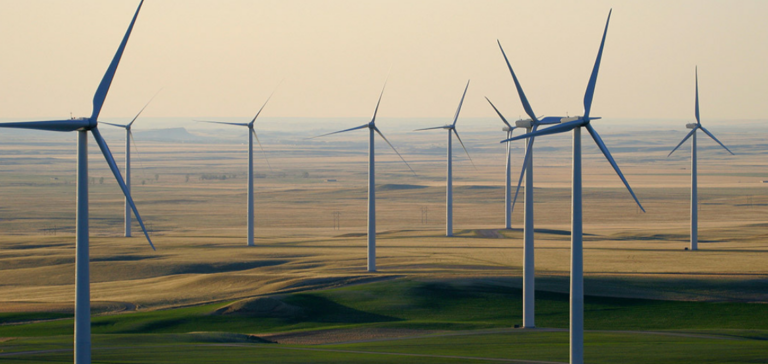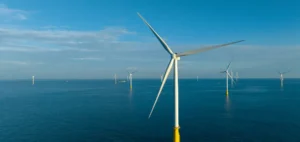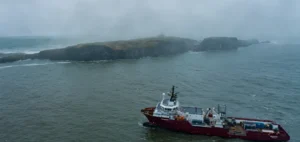Ireland’s renewable energy sector reaches a major milestone with the approval of the Coom Green Energy Park project. This onshore wind development, located near a waste treatment site, is a 50/50 joint project between Ørsted and FuturEnergy Ireland. With an announced capacity of 121MW, it could power up to 80,000 homes and reduce carbon emissions by 150,000 tonnes a year.
Project capacity and energy impact
Approval of this project marks the start of a new development phase. The next step is to obtain a connection to the EirGrid power grid. Once confirmed, the site could participate in future RESS auctions or sell electricity via power purchase agreements with companies.
Next steps and network connection
Coom Green Energy Park also includes a 50MW provision for energy storage. The project aims to be operational by 2027, making a significant contribution to Ireland’s emission reduction targets before 2030.
Energy Storage and Environmental Objectives
A substantial community benefits fund is also planned. This is made up of contributions to nearby neighbors and a larger community fund, which directly finances local projects. An annual fund of around €500,000 will be set up once the site is operational, for the first 15 years.
Community Benefits and Economic Impact
The project should also stimulate the local economy. Significant contributions to local finances and job creation are expected, with up to 168 jobs during the construction phase and 42 long-term jobs once the wind farm is operational.
TJ Hunter from Ørsted and Mary Lynch from FuturEnergy Ireland both expressed their enthusiasm for the project. Hunter underlines Ørsted’s commitment to the project, despite the lengthy planning process, and Lynch is delighted with the positive impact of the planning decision on the project’s progress.
The Coom Green Energy Park project represents a significant step forward in the field of renewable energy in Ireland. Not only does it promise a considerable reduction in carbon emissions, it also offers significant economic and social benefits for the local community.





















